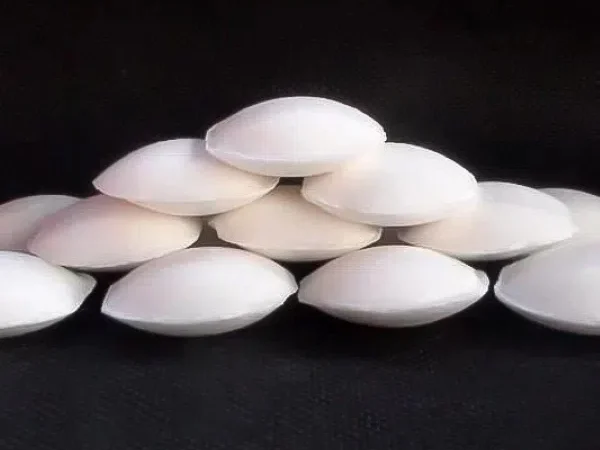
Sodium cyanide, a highly toxic chemical, is widely used in various industrial processes such as gold mining, electroplating, and chemical synthesis due to its unique chemical properties. However, its extreme toxicity poses a significant threat to human health and the environment in the event of a leakage accident. To ensure safe industrial operations, it is crucial to implement comprehensive preventive measures.
1. Stringent Raw Material Quality Control
Supplier Selection and Auditing: Choose reliable suppliers with a proven track record of providing high - quality sodium cyanide. Regularly audit suppliers to verify their production processes, quality control systems, and storage conditions. This helps ensure that the raw material received is of the correct purity and free from contaminants that could potentially affect its stability or lead to unforeseen reactions during use.
Purity Testing: Conduct thorough purity testing upon receipt of Sodium Cyanide. Use advanced analytical techniques such as high - performance liquid chromatography (HPLC) or titration methods to accurately determine the concentration of Sodium cyanide and detect any impurities. Reject batches that do not meet the required quality standards to prevent issues such as premature decomposition or unexpected chemical reactions that could increase the risk of leakage.
2. Optimized Production Processes
Process Design: Adopt advanced and well - established production processes that minimize the handling and exposure of sodium cyanide. For example, in gold extraction using the cyanidation process, consider implementing automated and closed - loop systems that reduce the need for manual intervention. This not only improves operational efficiency but also significantly reduces the risk of human - error - induced leaks.
In - line Monitoring: Install in - line monitoring systems to continuously track key process parameters such as temperature, pressure, and flow rate. Deviations from normal operating conditions can be early indicators of potential problems, such as blockages in pipelines or malfunctioning equipment, which could lead to leaks. Real - time monitoring allows for immediate corrective actions to be taken, preventing minor issues from escalating into major leakage incidents.
3. Rigorous Equipment Maintenance and Inspection
Regular Inspections: Schedule routine inspections of all equipment used in the storage, handling, and transportation of sodium cyanide. This includes tanks, pipelines, valves, pumps, and connectors. Use non - destructive testing methods such as ultrasonic testing, radiography, and visual inspections to detect signs of wear, corrosion, or damage. Replace any components that show signs of degradation to maintain the integrity of the equipment.
Maintenance Programs: Develop and enforce comprehensive maintenance programs for all relevant equipment. This includes tasks such as lubrication of moving parts, calibration of instruments, and replacement of seals and gaskets at regular intervals. Well - maintained equipment is less likely to fail, reducing the risk of leaks caused by mechanical malfunctions.
Leak Detection Systems: Install sensitive leak detection systems in critical areas such as storage tank farms and processing units. These systems can use technologies such as gas sensors, liquid sensors, or pressure differential sensors to detect even the smallest leaks. Prompt alerts from leak detection systems enable quick response and containment measures, minimizing the release of sodium cyanide.
4. Adequate Staff Training and Education
Safety Training: Provide regular and in - depth safety training to all employees who handle sodium cyanide. The training should cover the physical and chemical properties of sodium cyanide, its health hazards, safe handling procedures, and emergency response protocols. Use a combination of theoretical lectures, practical demonstrations, and hands - on training exercises to ensure that employees fully understand and can apply the safety knowledge.
Skill Development: Offer training programs to enhance employees' technical skills related to the operation and maintenance of equipment used with sodium cyanide. This includes proper use of valves, pumps, and other handling equipment, as well as troubleshooting techniques for common equipment problems. Well - trained employees are more likely to perform their tasks correctly and identify potential safety issues before they result in leaks.
Safety Culture Promotion: Foster a strong safety culture within the organization, where every employee is encouraged to take responsibility for safety. Promote open communication about safety concerns, and reward employees for reporting potential hazards or near - miss incidents. A positive safety culture helps ensure that safety procedures are followed consistently and that employees are vigilant in preventing leaks.
5. Safe Storage Practices
Storage Facility Design: Construct dedicated storage facilities for sodium cyanide that are designed to meet strict safety standards. The storage area should be located in a well - ventilated, isolated location away from sources of ignition, heat, and incompatible substances. Use fire - resistant and leak - proof construction materials for the storage building and storage containers.
Temperature and Humidity Control: Install temperature and humidity control systems in the storage area to maintain optimal conditions for sodium cyanide storage. High temperatures can accelerate the decomposition of sodium cyanide, while excessive humidity can cause corrosion of storage containers. Monitor and adjust the temperature and humidity regularly to prevent these issues.
Container Selection and Labeling: Use high - quality, corrosion - resistant containers specifically designed for storing sodium cyanide. Ensure that containers are properly sealed and labeled with clear warnings about the contents, including the chemical name, toxicity level, and emergency contact information. Regularly inspect containers for signs of damage or leakage and replace them as needed.
6. Secure Transportation Measures
Transport Vehicle Selection: Choose specialized transport vehicles that are designed and equipped to safely carry sodium cyanide. These vehicles should have features such as spill - containment systems, reinforced chassis, and proper ventilation. Ensure that the vehicles are regularly maintained and inspected to ensure their roadworthiness and safety.
Driver Training: Provide comprehensive training to drivers who transport sodium cyanide. The training should include safe driving practices, emergency response procedures in case of a spill or accident, and knowledge of relevant transportation regulations. Drivers should be aware of the route they are taking and any potential hazards along the way.
Shipping Documentation and Communication: Ensure that all shipping documentation is accurate and complete, including information about the quantity, nature, and destination of the sodium cyanide shipment. Establish clear lines of communication between the sender, transporter, and recipient to ensure that everyone is informed about the shipment and any potential issues.
7. Emergency Preparedness and Response Planning
Emergency Response Plans: Develop detailed and comprehensive emergency response plans for sodium cyanide leakage incidents. The plans should include procedures for evacuating personnel, containing the leak, neutralizing the spilled material, and notifying relevant authorities. Assign clear roles and responsibilities to all employees involved in the emergency response.
Emergency Drills: Conduct regular emergency drills to test the effectiveness of the emergency response plans and to train employees in their roles during an emergency. Drills should simulate realistic scenarios and include participation from all relevant departments, such as safety, maintenance, and operations. Analyze the results of the drills and make improvements to the plans as needed.
Emergency Equipment and Supplies: Stockpile an adequate supply of emergency equipment and supplies, such as personal protective equipment (PPE), spill containment kits, neutralizing agents, and first - aid kits. Ensure that the equipment is regularly inspected, maintained, and replaced as necessary to ensure its functionality during an emergency.
- Random Content
- Hot content
- Hot review content
- Sodium Ethyl Xanthate 90% SEX
- China factory Sulfuric Acid 98%
- Industrial grade sodium hexametaphosphate 68% SHMP
- High Quality Sodium silicate 99% Water glass
- Flexible Customer and Supplier Relations Specialist:Location: Laos
- Citric acid-Food Grade
- Feed Grade 98.0% Calcium Formate
- 1Discounted Sodium Cyanide (CAS: 143-33-9) for Mining - High Quality & Competitive Pricing
- 2Sodium Cyanide 98% CAS 143-33-9 gold dressing agent Essential for Mining and Chemical Industries
- 3Sodium Cyanide 98%+ CAS 143-33-9
- 4Anhydrous Oxalic acid 99.6% Industrial Grade
- 5Oxalic acid for mining 99.6%
- 6Soda Ash Dense / Light 99.2% Sodium Carbonate Washing Soda
- 7Reagent Grade/Industrial Grade Hydrochloric Acid min.31%
- 1Sodium Cyanide 98% CAS 143-33-9 gold dressing agent Essential for Mining and Chemical Industries
- 2High Quality 99% Purity of Cyanuric chloride ISO 9001:2005 REACH Verified Producer
- 3 High-Quality Sodium Cyanide for Leaching
- 4Powdery emulsion explosive
- 5Industry Grade Electron grade 98% Sulfuric Acid H2SO4 Sulphuric Acid Battery Acid Industrial Sulfuric Acid
- 6Colloidal emulsion explosive
- 7sodium hydrosulfide 70% flakes used Mining Industry

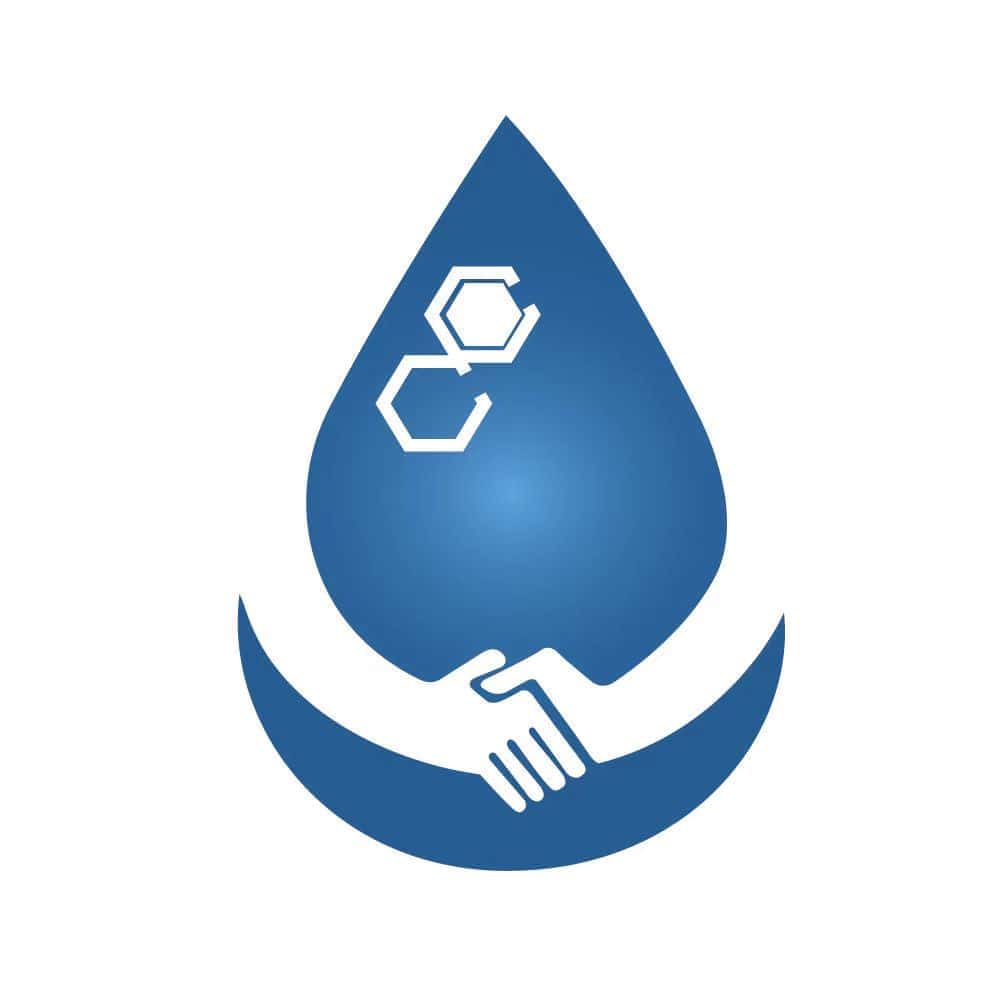
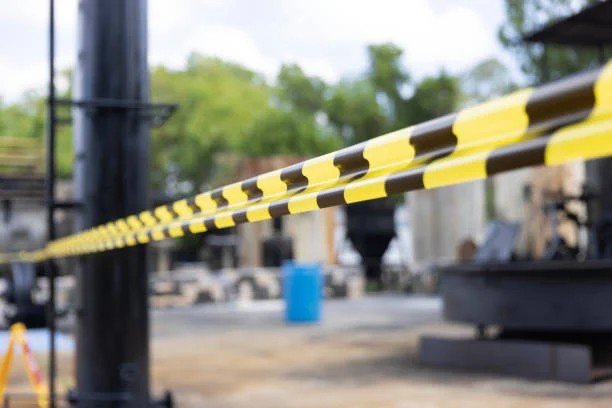
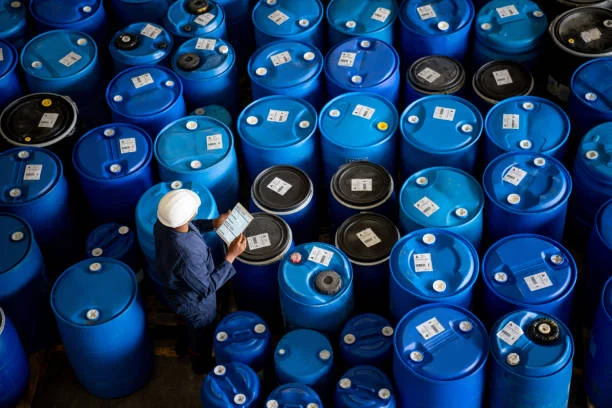
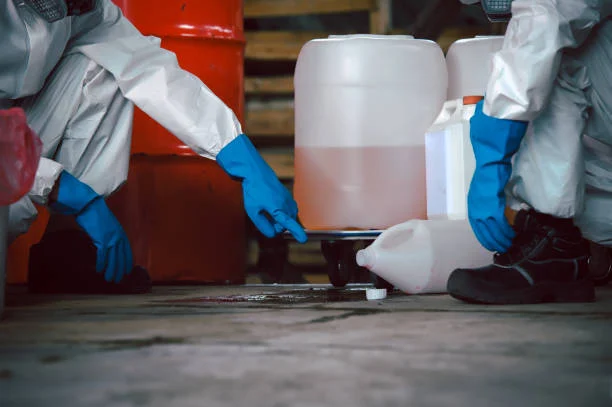
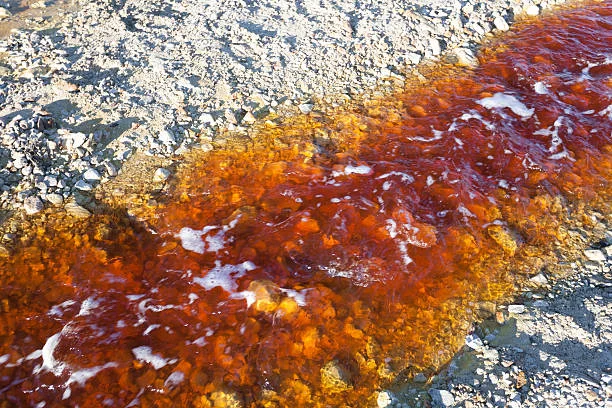

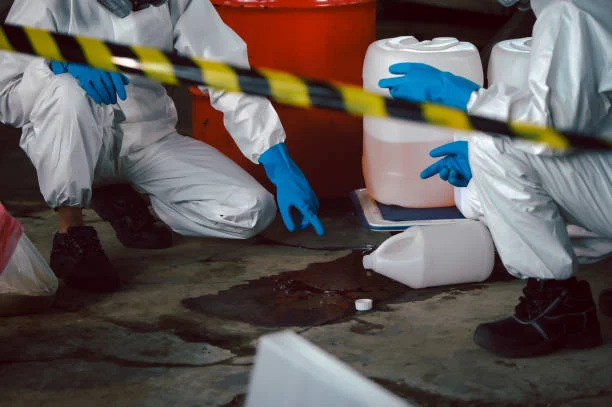

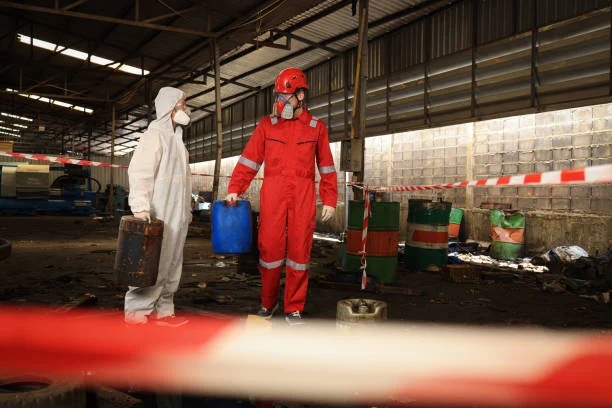


Online message consultation
Add comment: